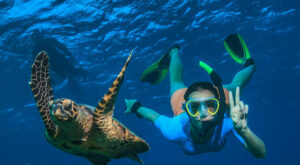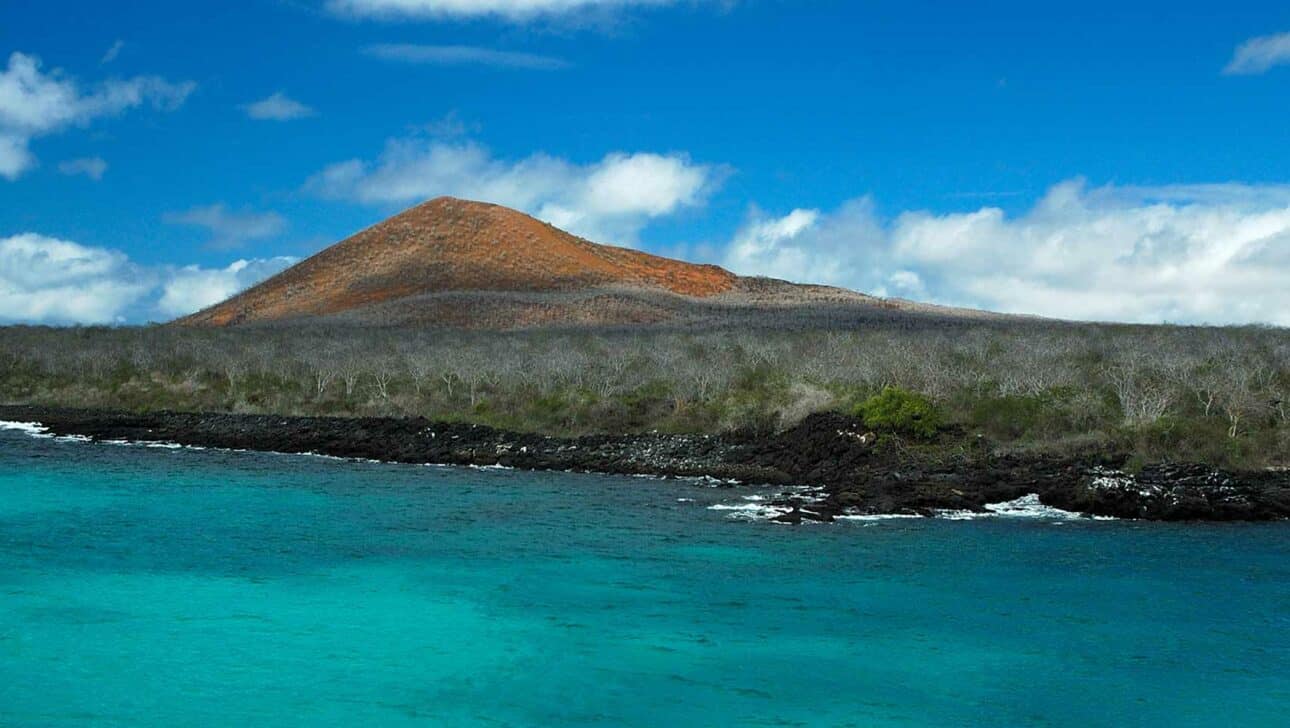1. Sally Lightfoot Crabs
Sally Lightfoot Crabs have 5 sets of legs that have an incredible holding power that allows them jump from one rock to another, glide on top of water, and grip tightly onto slippery rock surfaces while withstanding strong waves.
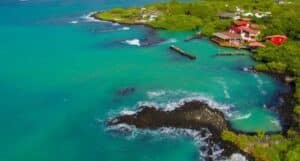
2. Blue footed Boobies
Blue footed boobies love showing off their feet! During mating season, males raise one foot after the other in dance like motions to attract females. The brighter blue a male’s feet are, the more attracted a female will be.
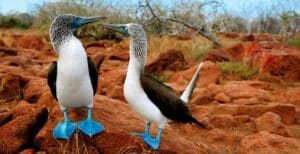
3. Magnificent Frigatebirds
Magnificent Frigatebirds have to pluck their prey from the water without landing as they are unable to take-off from a flat surface such as water. That’s a lot of work for lunch!
4. Land Iguana
Land Iguanas are endemic species to the Galápagos Islands and there is an estimated 5,000 to 10,000 iguanas currently there. Females can lay 2 to 25 eggs in a dug burrow and they take about a week to dig their way out of the nest. They have a life expectancy of up to 60 years.
5. Flamingos
Flamingos filter out mud and silt from their food while keeping their heads upside down. Their tongues have lamellae (hairy like structures) to assist with feeding on small crustaceans.
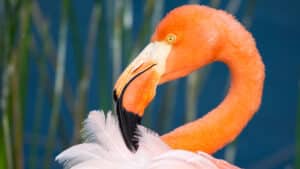
6. Giant Tortoises
Giant tortoises are the world’s largest tortoises! Thanks to their slow metabolism and large bodies, they can store food and water for up to a year. Interestingly enough, temperature affects whether eggs hatch males or females.
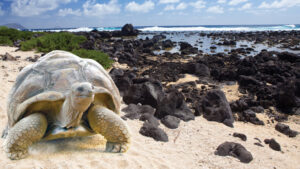
7. Marine Iguanas
Marine Iguana is the only lizard in the world that can swim. Their ability to adapt to food shortages is astonishing; they become thinner and shorter by digesting part of their bones as a reaction to food scarcity and then regrow once food becomes plentiful again.
8. Sea Lions
Sea lions are the most numerous marine mammals in the Galápagos Islands. A male dominates female colonies of 30 creatures until he is overtaken by another male. Males that are not controlling a colony gather in bachelor groups!
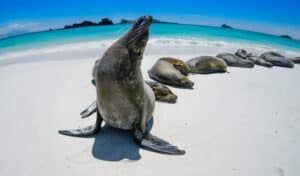
9. Eagle Ray
Eagle Ray’s tails can grown up to two or three times the length of its body, with two to six venomous, barbed stingers attached to its base.
10. Underwater World
There are over 400 species of fish, including more than 50 being endemic to the Galápagos Islands.
